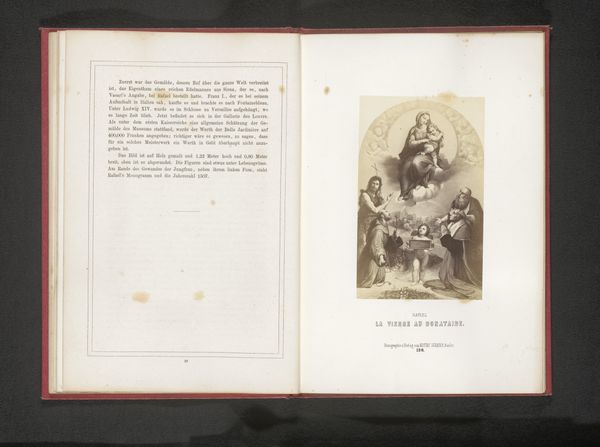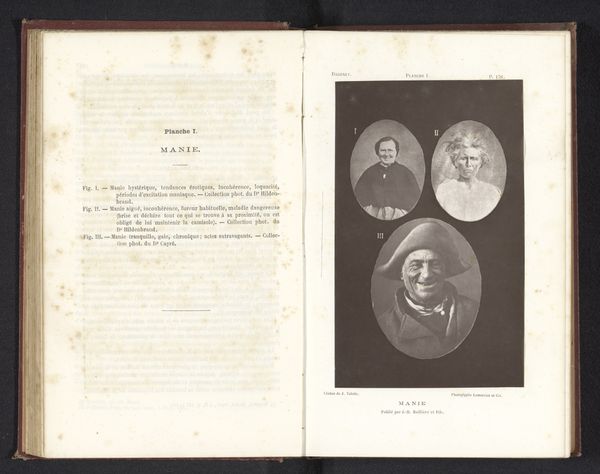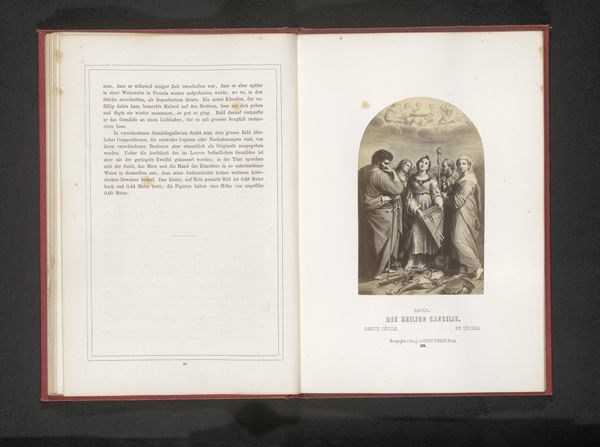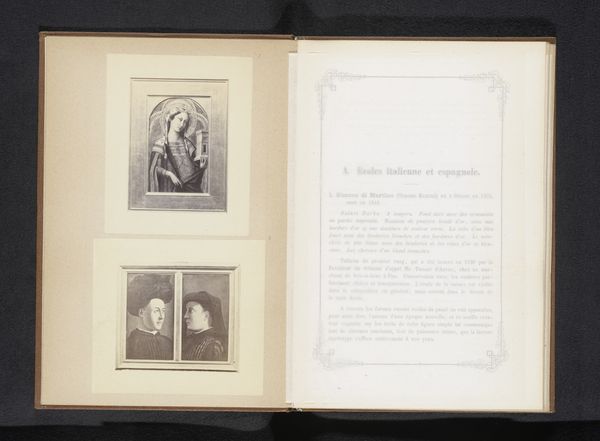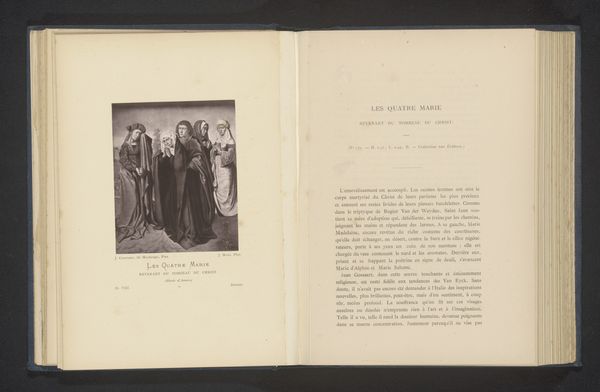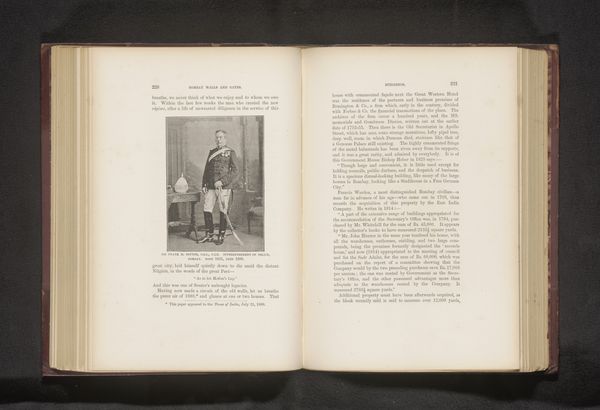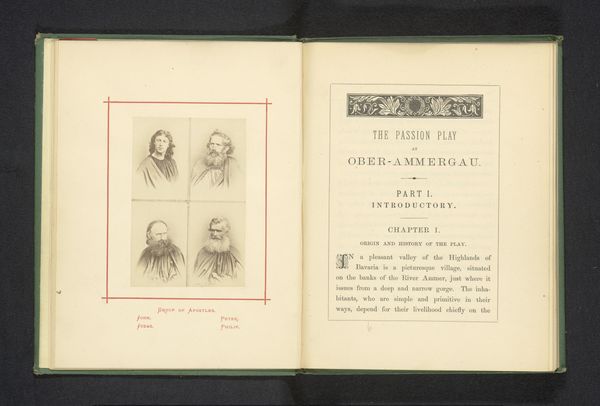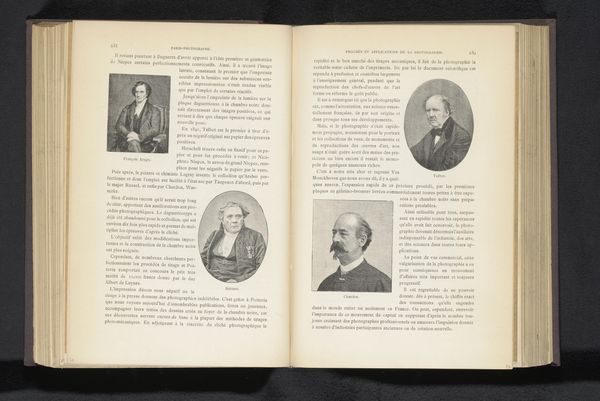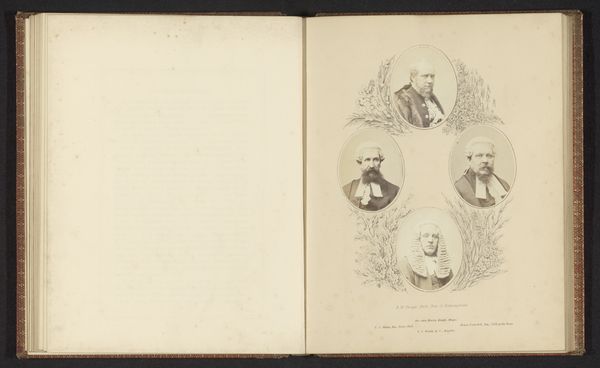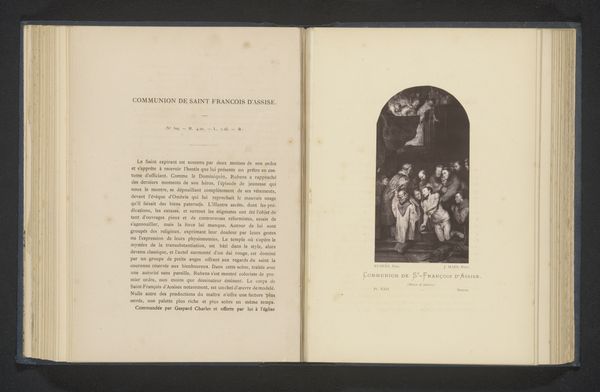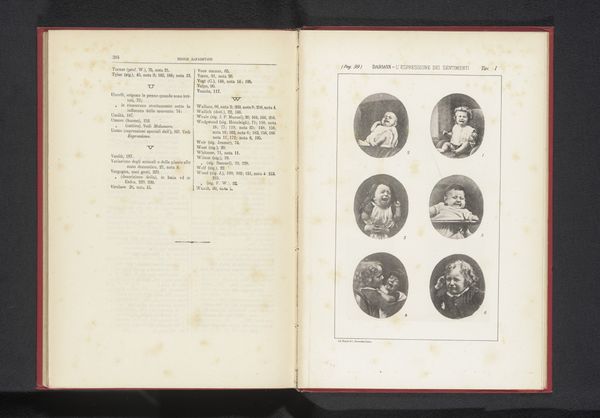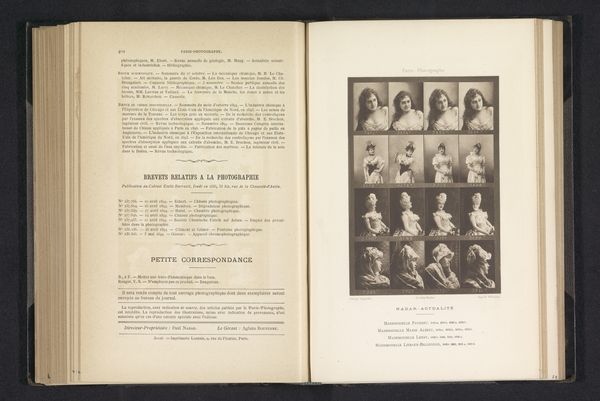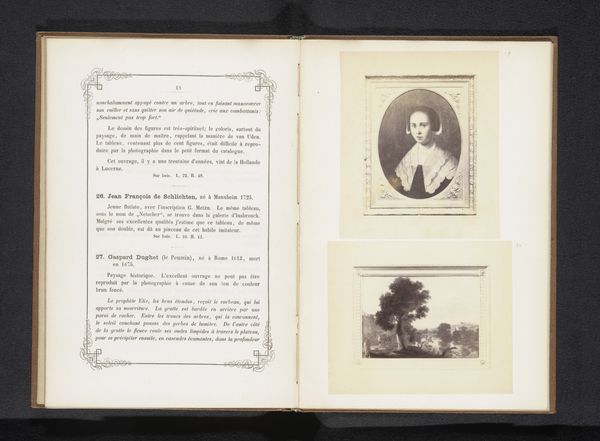
Portretten van Lodewijk Adriaan Herman, H.J. Kremer, Maurits Snellen, J.M. Ruijs en H. Ekama before 1886
0:00
0:00
print, engraving
#
portrait
# print
#
genre-painting
#
academic-art
#
engraving
Dimensions: height 235 mm, width 160 mm
Copyright: Rijks Museum: Open Domain
Editor: Here we have “Portretten van Lodewijk Adriaan Herman, H.J. Kremer, Maurits Snellen, J.M. Ruijs en H. Ekama”, made before 1886 by Eduard François Georges. It is housed at the Rijksmuseum and looks like an engraving. What particularly catches my eye is the intricate ornamental framing. How do you approach this kind of printed portraiture? Curator: For me, it's about unpacking the production. Engravings like this were essentially reproductive technology. They democratized access to imagery, even portraiture which was previously reserved for the elite who could commission paintings. The "ornamental framing" you mention also speaks to a deliberate effort to ennoble, even as the medium itself implies wider dissemination and potentially less perceived value. Editor: So, the materials and methods already encode a tension. Was there a hierarchy amongst printmaking techniques then? Curator: Absolutely. Think about the labor involved: engravers were skilled artisans. Different processes carried different costs. But beyond skill, who owned the means of production? Who controlled distribution? That would impact everything. The paper used, the ink, even the location of the printing press become relevant in understanding its purpose. Editor: It's amazing to think about an image being distributed in that way back then, kind of like early digital media today. So, would you consider something like this ‘high art’? Curator: The traditional art historical definition? Probably not. But by exploring the conditions of its creation, and understanding it as part of a larger economic and social fabric, we see its true significance. Editor: I see what you mean! Looking at it that way helps connect this artwork to broader cultural trends and concerns of access and labor. I’ll never look at a simple portrait the same way again. Curator: Precisely! Now we are questioning those older distinctions. That's what makes art history exciting.
Comments
No comments
Be the first to comment and join the conversation on the ultimate creative platform.
